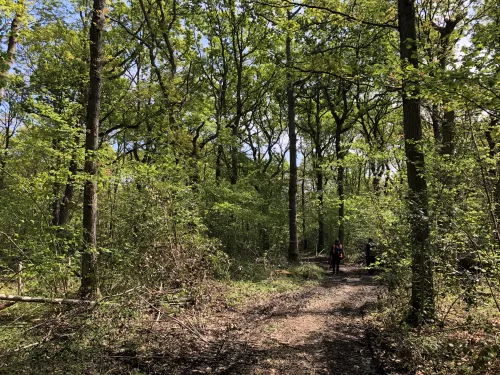
The Wilder Blean Initiative
The Wilder Blean is our vision for an iconic landscape, where wilderness can be experienced, and nature is at the heart of healthy communities with a thriving green economy.
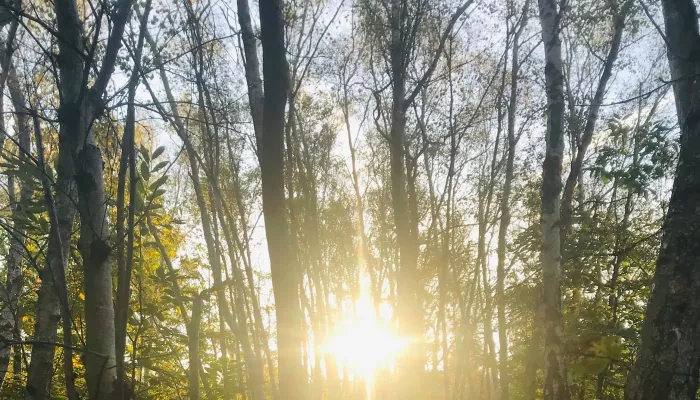
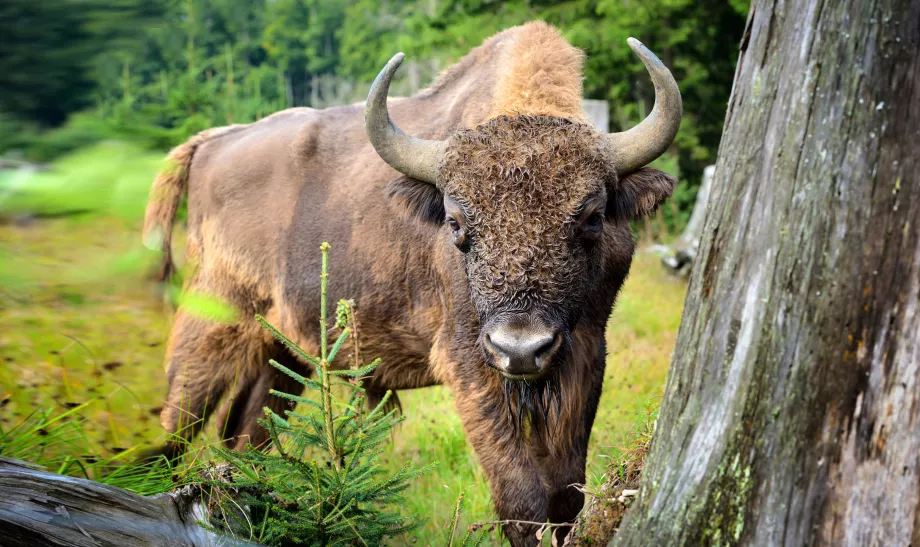
The new herd of cattle in this woodland will graze on the woody twigs of trees and scrub, creating some space in the woodland canopy for other vegetation to grow through. Cattle have similar impacts on the woodland to bison, due to their size, but their activities differ in a few vital ways. For example, cattle browse higher up on plants than bison and they do not dust bathe. Exploring the difference between bison and longhorns is a key part of the Wilder Blean project.

As the bison and cattle create corridors throughout the woodland, the ponies will follow them through, nibbling at the shorter vegetation. This will prevent the corridors from growing back over and continue to enable less competitive species to reach sunlight and flourish.
The ponies will target softer, herby vegetation like grasses, creating space for different species to grow through in grassy and scrubby areas.
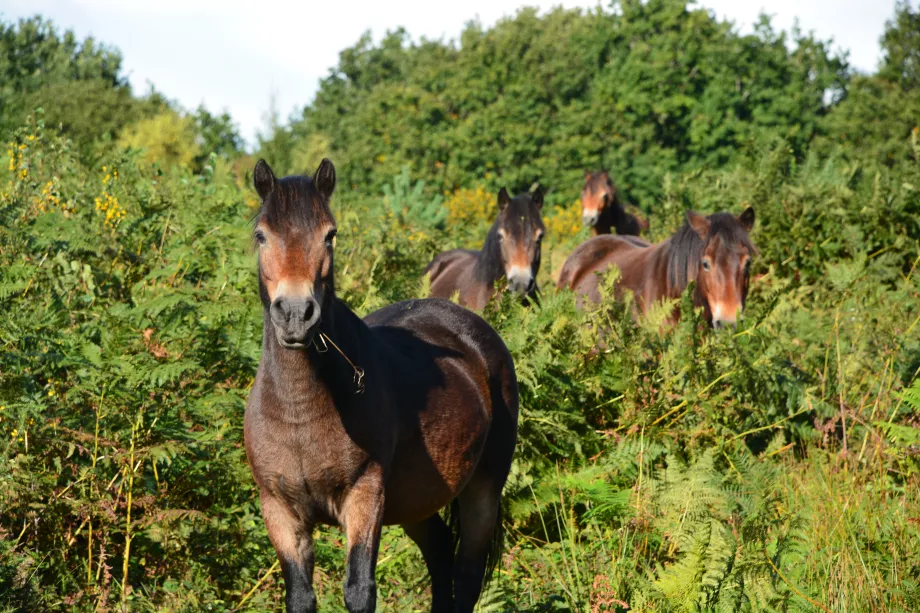
Credit: Kevin Caster
Pigs “rootle” around in the soil with their snouts, looking for roots and bulbs. This activity disturbs the soil, causing even long-dormant seeds to grow and prevents the spread of thick vegetation that can take over a landscape and block sunlight from reaching the forest floor.
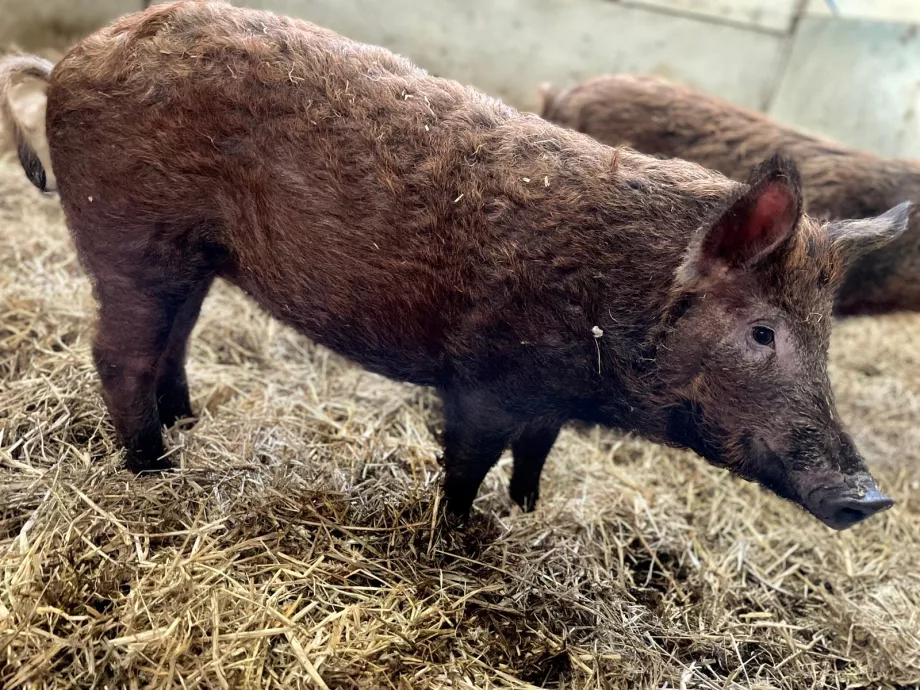
Credit: Alison Ruyter

The Wilder Blean is our vision for an iconic landscape, where wilderness can be experienced, and nature is at the heart of healthy communities with a thriving green economy.
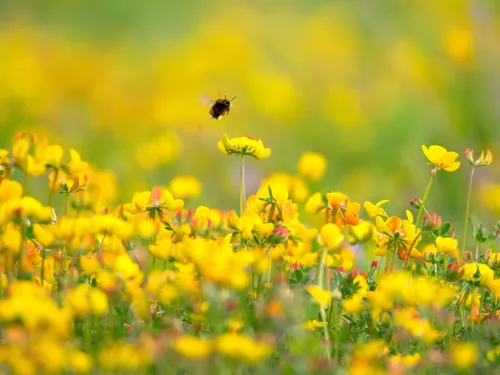
Support our project at West Blean and Thorndon Woods. We were the first organisation to introduce mega-herbivores to one of the largest ancient forests in Southern England.
Having these ecosystem engineers on site will create a biodiverse habitat which supports a wide variety of species. This will allow the woodland to be continuously regenerated and maintained by natural processes.

Be sure to check out these 10 woods whilst exploring Kent, each offering something a little different across the county.

Since bison were released into West Blean and Thornden Woods on the outskirts of Canterbury, they have not only transformed the landscape but significantly grown in number.
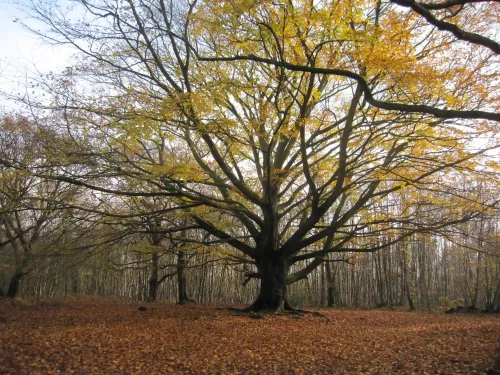
Natasha Ruskin explores something terrifying: a world without woodlands.